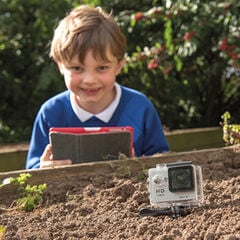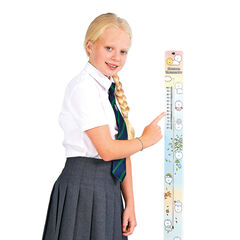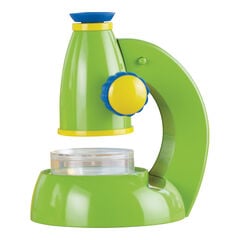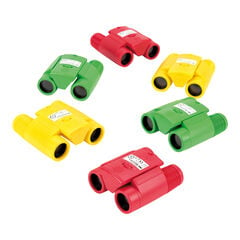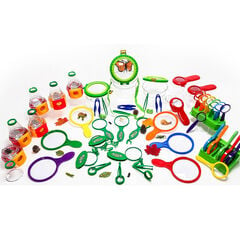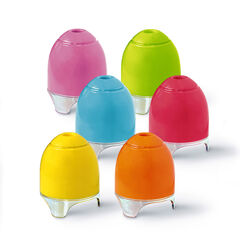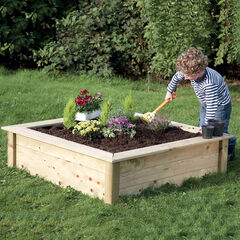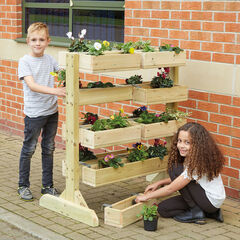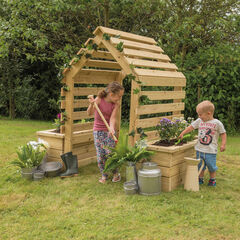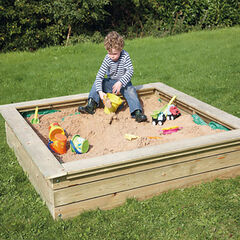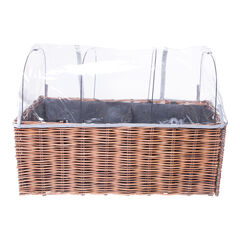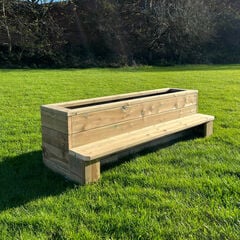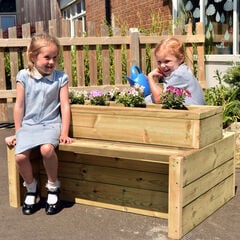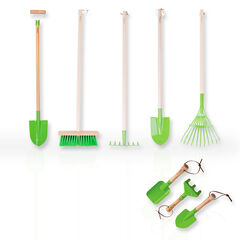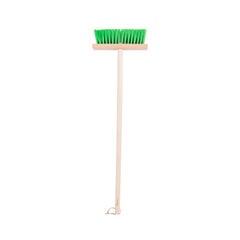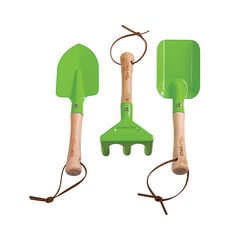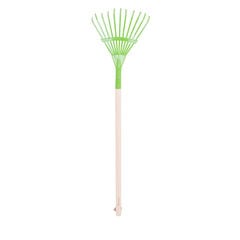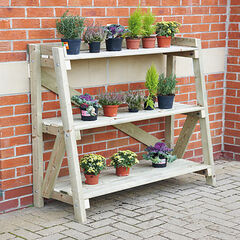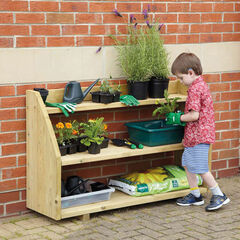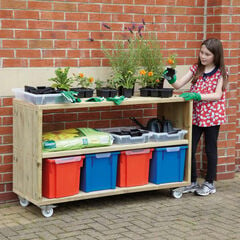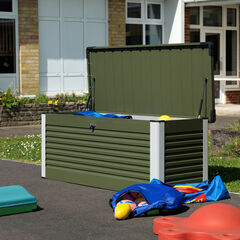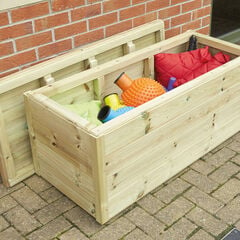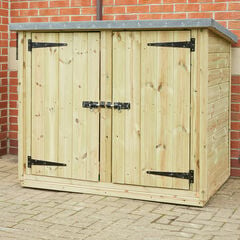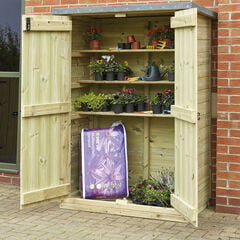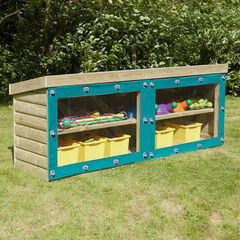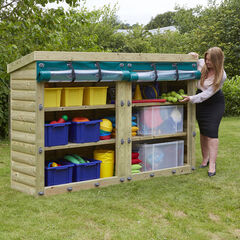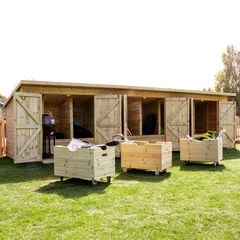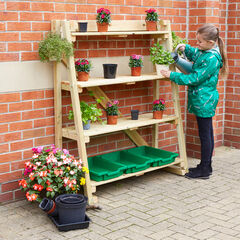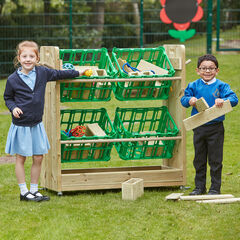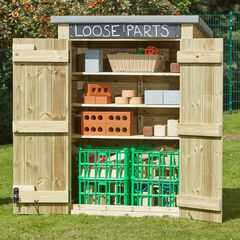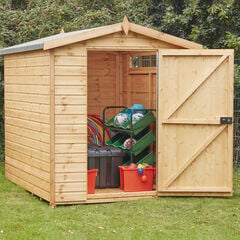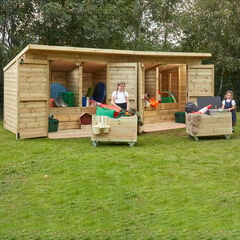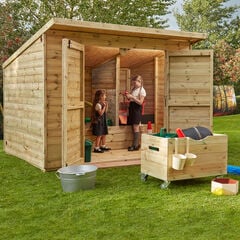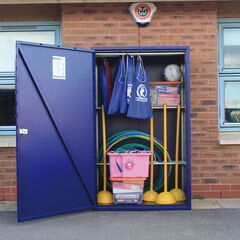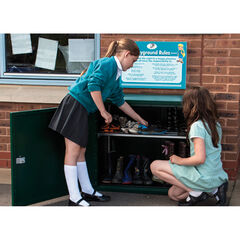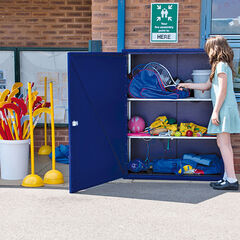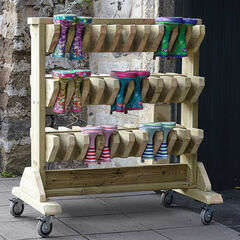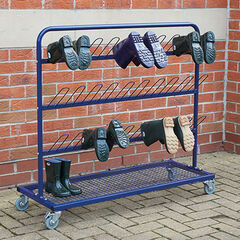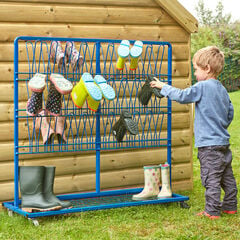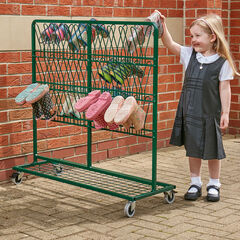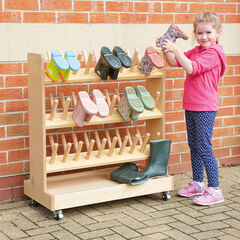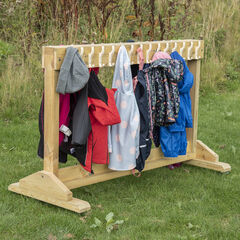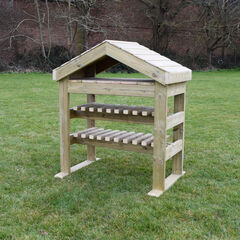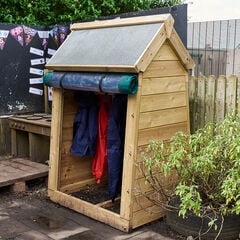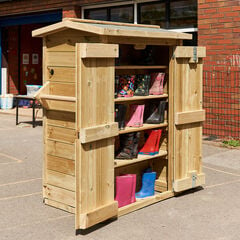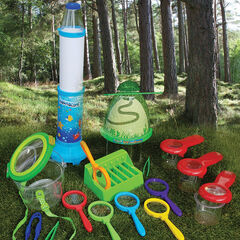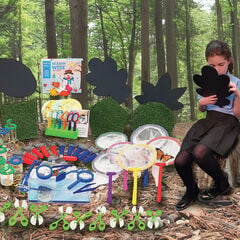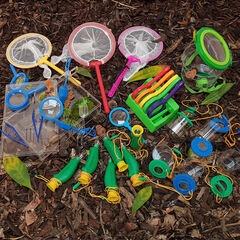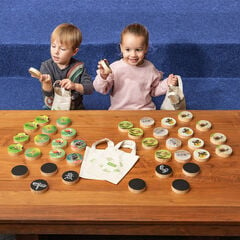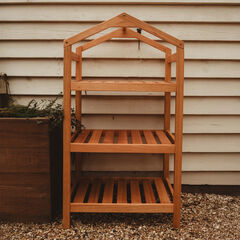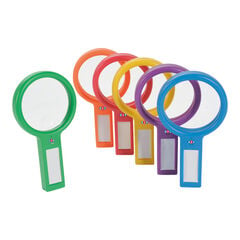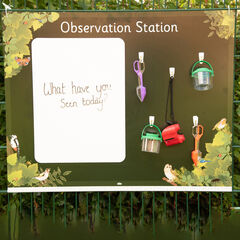A school nature garden is more than somewhere to just grow flowers and plants – it’s a living classroom, a sanctuary for wildlife, and a place where curiosity blooms alongside plants.
Whether you’re looking to teach about nature conservation, encourage outdoor learning, or simply create a peaceful retreat for your school community, starting a nature garden is an exciting and rewarding journey. But where do you begin?
In this blog, we’ll explore all the essentials you need to transform an empty space into a thriving garden that supports young minds and the natural world. Let’s dig in!
Reasons for Creating a School Nature Garden
Offers diverse learning opportunities
From wildlife observation, bug-hunting, habitat building, plant growing, creative writing, music making and more. There are endless opportunities for enriching subjects across the curriculum.
Promotes physical and mental well-being
Getting children outside (in all weathers – possible with the correct clothing!) and working amongst plants and wildlife is well known for doing wonders for the body and mind. While outside, children can get involved in practical gardening tasks, and understand more about food production and healthy eating.
Develops social and emotional skills
Children working together caring for the garden and observing nature can help to build a sense of community and shared responsibility. Furthermore, connecting and working with nature helps children to self-regulate, build resilience and develop empathy.
Encourages children to spend time outdoors
In today’s world, there are many things that entice children to stay indoors. Exposing children to the many exciting things that a garden can offer can help to encourage them to spend more time outside.
Provides all children with a garden
For children who do not have a garden at home, a school nature garden can provide them with the opportunity to engage with and explore nature up close in a safe space.
Builds community connections
School gardens not only help to build a sense of community within school by getting all children and staff involved, but parents, grandparents and other members of the local community can also get involved.
Increases biodiversity
Nature gardens provide habitats and food for a range of wildlife, thus supporting the local eco-system.
Raises environmental awareness
Providing hands-on learning in a nature garden enables children to further appreciate the natural world and the need to take care of it.
How to get started: The Basics
A school nature garden brings so many benefits to the whole school community and with a little bit of imagination and planning, they are easy to get started.
Here are some questions to consider, before creating your school nature garden:
- What will your nature garden be used for?
- What available space could be utilised to create a garden?
- What will your garden look like? What will you include?
- Who will help to create the garden? Who will look after it? How can you get people involved?
- What tools have you got already to start the garden? What else do you need?
Limited on space? Don’t be put off if space is limited, take a look at our ‘24 Ideas for Small Outdoor Spaces’ blog for lots of ideas on how to make the most out of a smaller space.
Once you have a clear plan for creating your school nature garden, it’s time to consider what features to include. In the next section, we will explore the many resources you can use to make the garden both a lovely place to be, as well as an engaging and invaluable outdoor learning space.
Essential Items for Creating the Perfect Nature Garden
Gardening Tools
A garden cannot be started without the right tools for the job. These gardening tools essentials will provide you with everything that you need to get started.
Suggested Kit List
Outdoor Clothing
Don’t let the weather stop you from going out. With the right clothing, children can be encouraged to explore and get active in the garden in all weathers.
Have a supply of waterproofs and wellington boots at the ready, as well as somewhere suitable to store them, so children can change and get ready with ease.
Plants and Seeds
There are so many plants to choose from. Consider choosing a mix of deciduous and evergreen plants, including plants that flower at different times of the year, as well as plants that provide food and shelter to attract wildlife into the garden. This will allow children plenty of scope for observation in all seasons.
Fruit and Vegetables
Creating a school nature garden is a perfect opportunity for growing fruit and vegetables and teaching children about the importance of healthy eating, as well as where our food comes from. Choose from seeds that offer fast results to seeds that require more patience and resilience – there are many learning opportunities with both.
To find out more about what to plant when, see our ‘Vegetables Sowing and Gardening Guide‘ blog and ‘Growing the next generation – RHS campaign for School Gardening‘ blog.
Pots, Planters and Raised Beds
Decide how and where to grow plants and seeds. As well as planting plants directly into the ground, there are other planting options with added benefits.
Here are some options to consider:
Pots
Use pots to grow plants from seed, before transferring them to the ground (if desired) or for pupils to take home, once all observations of the growth period have been made. There are a range of sizes to choose from, including biodegradable options.
Planters and Raised Beds
Planters and Raised Beds come in all different shapes and sizes and are great for increasing accessibility, improving soil quality, controlling pests and are space efficient.
There are a variety of planters to choose from.
Planters that can be accessed from all sides are great for allowing multiple children to take part in planting at one time. Planters with trellises increase growing opportunities and planters that go on the wall maximise space usage. Furthermore, planters with built-in bug hotels enable children to observe plants and minibeasts all in one place, and there are even planters where children can visibly watch a plant grow from seed beneath the soil!
Greenhouses
Greenhouses are great for providing shelter for young plants from harsher weather conditions and allows for a greater variety of plants to be grown. It also saves having to use up much needed space in the classroom, such as cluttering up windowsills with plants!
The outdoor greenhouse with cover shown above is particularly useful, as it takes up a small amount of space and can easily be moved to different locations.
Composters and Water Butts
Involve children in making compost and install a water butt to teach them about sustainability. The soil and plants will also benefit from being enriched with organic matter and being watered with chemical free rainwater.
Wildlife Shelters and Feeders
As well as using a range of plants to encourage a variety of wildlife into the garden, consider also including a range of shelters and feeders to attract some more permanent residents for children to observe and look after.
Shelters and Feeders you may wish to include
Observation Tools and Explorer Kits
No school nature garden would be complete without some observation tools and explorer kits, so children can really get up close to nature and record their findings in a fun way.
Check out these Recordable Magnifying Glasses which allow children to record what they observe, as and when they see it, allowing them to reflect easily on their findings.
Make observations of plant growth and wildlife using binoculars, magnifiers, nets, cameras and clipboards. Or why not also set up an Observation Station where children can easily access tools for watching and exploring nature, as well as providing a place where they can record their findings?
Use thermometers and dataloggers to monitor temperature and humidity, soil moisture and light levels. Children can investigate how changes in light, temperature and humidity affects plant growth, and which environments insects and other creatures prefer in a garden.

Use sound meters to monitor wildlife activity, such as bird calls and insect sounds, investigating how sounds change throughout the seasons.
Seating Areas and Shelters
No garden is truly complete without an area for seating, providing a relaxing place where the garden can be enjoyed and further engaged with.
A Seating Area or Shelter can be a place to:
- Make and record observations
- Write stories
- Read and listen to stories
- Paint and draw
- Make music
- Share ideas
- Relax and embrace mindfulness
Outside Storage
In a busy school environment, there needs to be a place for everything. Outside storage provides protection, convenient access to resources, keeps things tidy and frees up much needed space indoors.
In conclusion
With careful planning, the right tools, and teamwork, you can create the perfect school nature garden. A vibrant space for learning, exploration, relaxation and community building. From choosing the best location and resources to involving pupils in every step of the process, this project is an opportunity to nurture both young minds and the environment.
Ready to get started? Gather your team, sketch out you vision, and watch you garden grow into a thriving outdoor classroom.
For further ideas and inspiration, see our other gardening blogs:
Growing the next generation The benefits of School Gardens Gardening in EYFS
View our school garden resources and equipment hereWritten by Kelly Lawrence
Kelly has 15 years of experience working as a Primary School Teacher, teaching children across both Key Stage 1 and 2. She is also a keen, amateur gardener and loves embarking on gardening projects with her own children at home.

























































